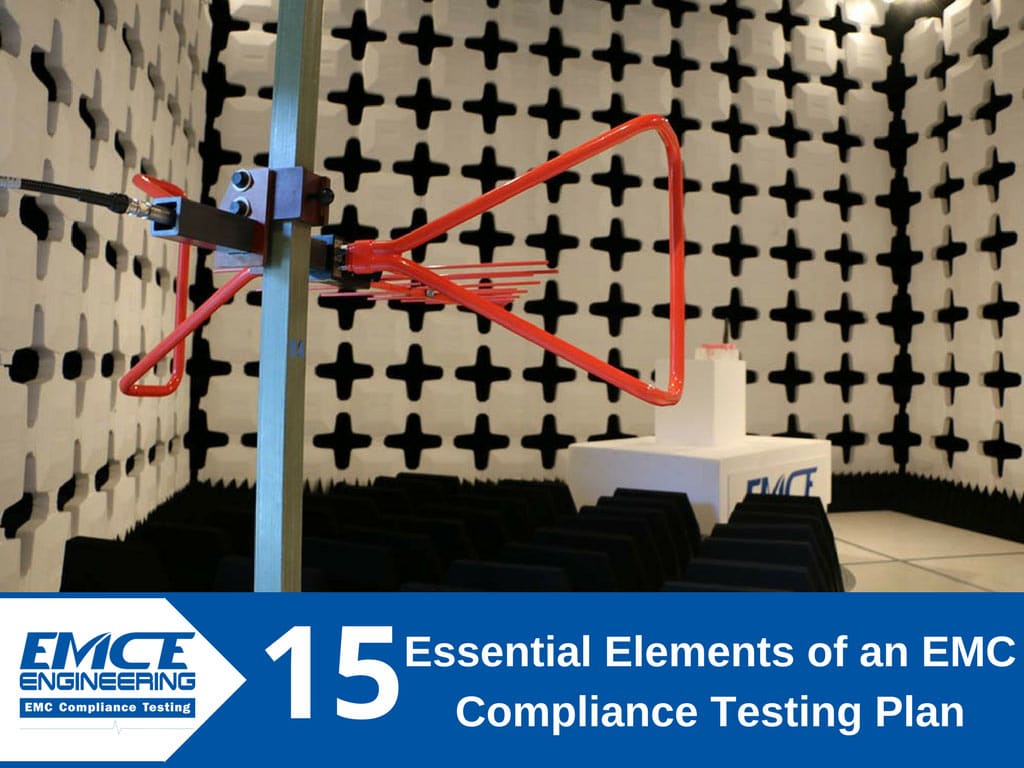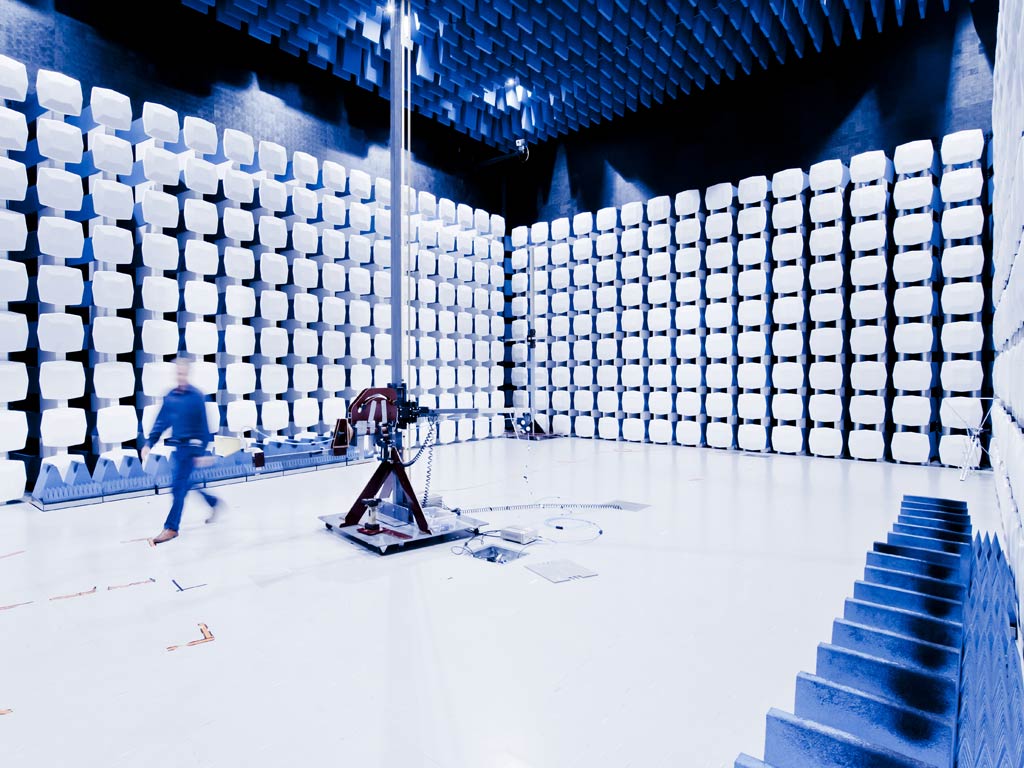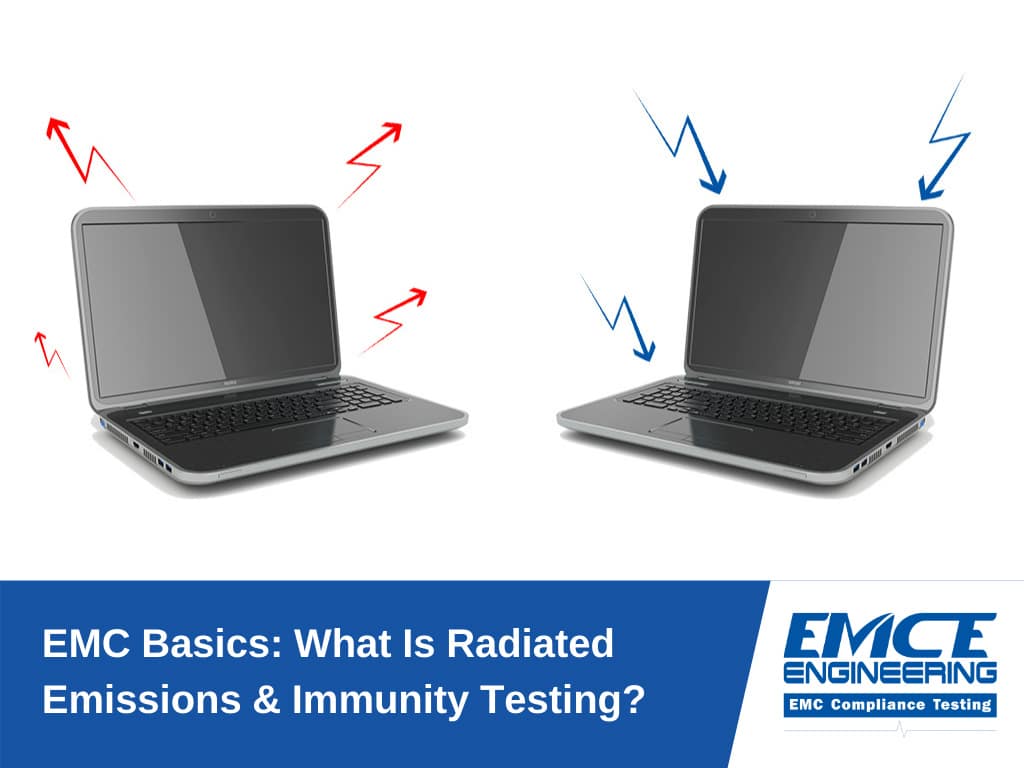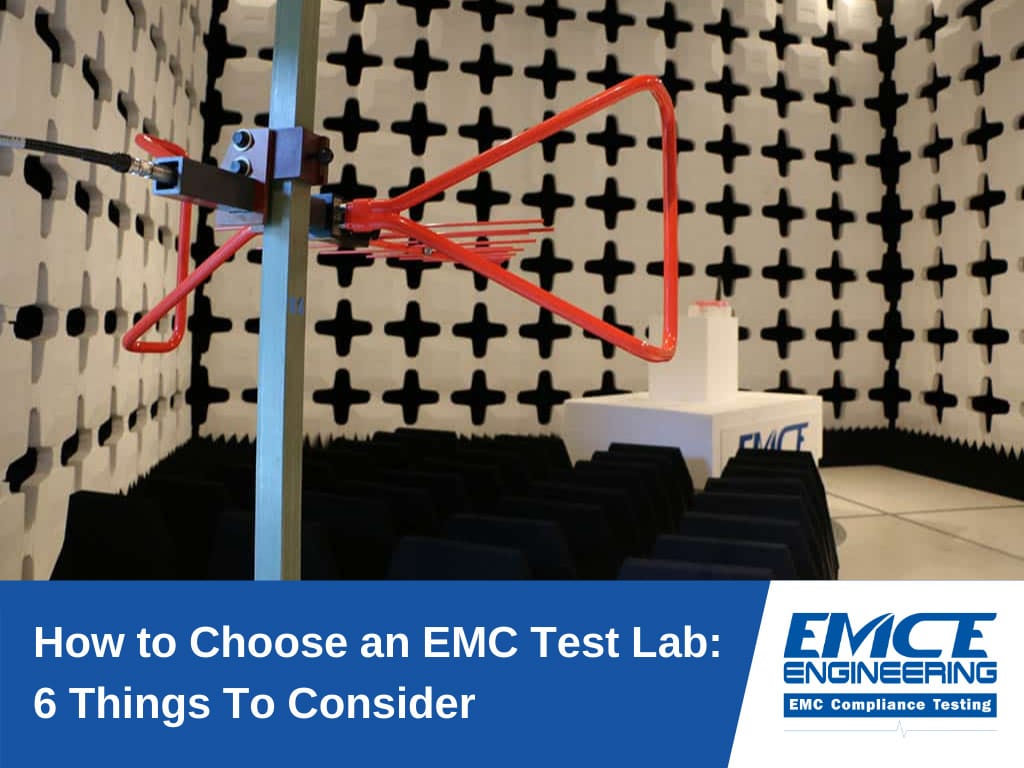15 Essential Elements of an EMC Compliance Testing Plan

To succeed in the world of wireless products, the question is not simply “How does my company produce a functional design?” but “How can my firm get our wireless product successfully to market?”
Each country you plan to sell your products at will have its EMC compliance testing requirements and certifications. In the United States, Federal Communications Commission (FCC) is the certifying body; in Canada, it is Industry Canada (IC); and in South Korea, electromagnetic compatibility (EMC) is tested against the rules set by the National Radio Research Agency (NRRA).
For manufacturers or importers, identifying the electromagnetic compatibility (EMC) certifications that apply to their product is critical to gaining market entry and commercially launching their device. In the United States, it means teaming up with an accredited Federal Communications Commission (FCC) recognized EMC Testing Lab. HCT America Engineering has been accredited by NVLAP for all FCC / Canada / EU transmitter categories since 1998.
HCT America’s central role is to perform EMC testing on the FCC’s behalf, and provide manufacturable solutions whenever failures occur in the testing process.
Crafting a test plan is a crucial part of compliance testing and obtaining an FCC certification. HCT America Engineering will help you prepare a test plan that is complete and at the same time minimizes testing costs at our testing facilities. Different approaches, including using previously FCC approved google partners transmitter Modules saves both lead time and testing costs.
Compile the Basic Information About Your Product
This can be done before or during product development. The basic information you will gather will assist EMC test labs to check the EMC compliance of your electronic devices (unintentional or intentional radiators) to Part 18.
That entails getting this information and specifying it for the testing services laboratory:
- Product identification: Name and model number.
- Product functionality: What the product does.
- Product dimensions and weight
- Product classification: Tabletop, floor standing, wall mounted, or multiple orientations.
- Power supply requirements: DC, AC, PoE, internal battery, and so on.
- Ports: Power input and telecommunications ports, such as Ethernet.
- Cable type: 3-core, 8-core, shielded, non-shielded, CAT6, or another.
- Cable length
- Cable manufacturer and model
- Quantity of sample required: EMC testing requires more than one sample.
- Product modes of operation: Basic and other modes should be stated.
- Product configuration: Component block diagrams and a list of ports and cables are usually sufficient.
- Test fixtures: Special or supporting equipment required to correctly test product configuration.
- Set up time: A mention of how long it will take to set up the product and supporting software)
- Product health and safety requirements: Universal Compliance will make use of this information to take necessary precautions during testing.
Gather the Technical Information Necessary for a Test Plan
This is separate from product information and focuses radio transmissions coming out from your device.
- Transmitter information. A mention of if the wireless radio module is incorporated or used.
- Frequency range. The highest clock and transmit frequencies used within the product.
- Theory of Operation. A document that allows certification reviewer to understand the complete technical function of the product.
- Cycle time. This covers the time to complete all operations and observations.
- Performance criteria. A reliable method of recognizing, monitoring, and reporting failures where a failure is defined as a pixelated monitor or an unresponsive device.
- Miscellaneous. Here, the manufacturer or importer specifies non-standard power requirements, product emission limits, and indented environment.
Summary
Creating a test plan from scratch is difficult. But you can expedite the compliance testing process by contacting HCT America Engineer as early in the product design process as possible. To avoid unpleasant surprises, designing for EMC compliance should be part of the product design process from the beginning





